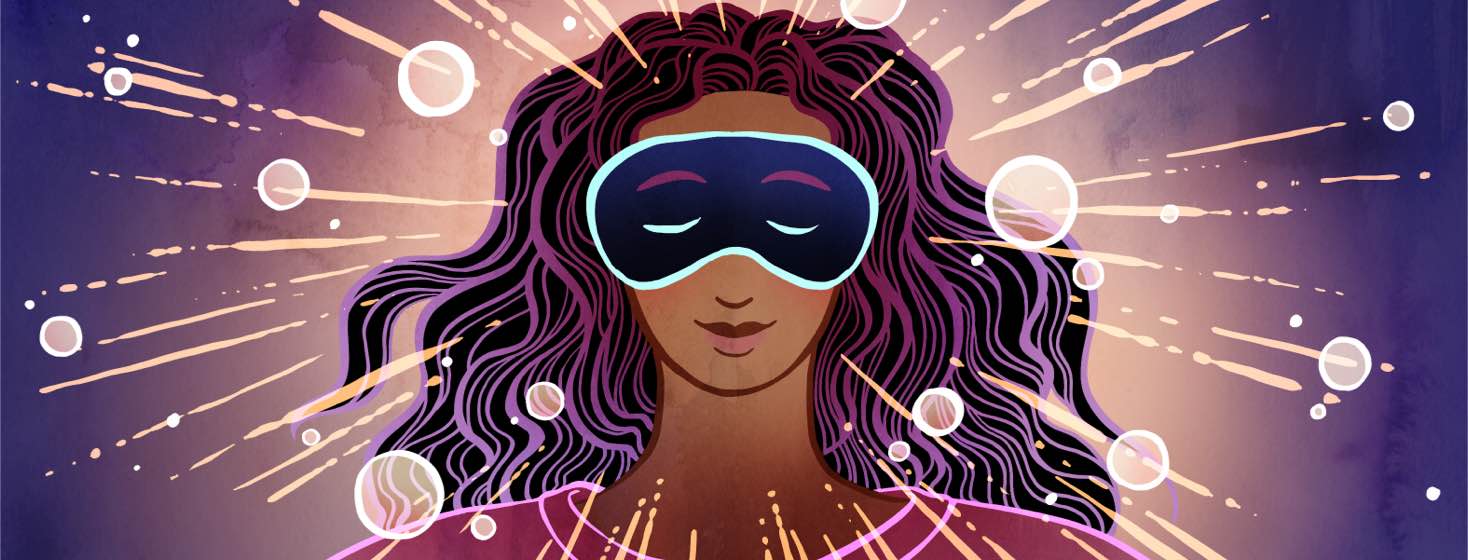Coming to Terms With Dry Eye Disease While Keeping Hope Alive
Learning to live with chronic dry eyes is a process of realization, grief, and grit – it’s both physical and emotional. Let me explain.
No quick fix
When my symptoms began, I thought that I would make a quick trip to my eye doctor, who would prescribe medication that would lead to instant relief – almost like a steroid shot and Z-Pak do for a sinus infection. I thought there would be an easy fix. But no, my symptoms persisted and even worsened. Days turned into weeks; weeks turned into months. I found no relief, and my hope began to dwindle.
I remember so many evenings, early on, in which my eyes would hurt so badly that all I wanted to do was close them and withdraw to my bedroom away from my family. And I felt guilty that I could not be as present with them or as productive as I used to be.
I tried to stay mentally strong and keep educating myself and fighting to combat this disease. But some days were outright disheartening, and I found myself asking why I have to go through all of this. I still do sometimes.
A grieving process
At 41 years old, I couldn’t imagine having to live the rest of my life like this. I entered a grieving process of what I had lost and had once taken for granted. I began to realize that this was something that I was going to have to live with on a daily basis – it wasn’t going away. I had to come to terms with the death of what once was a generally healthy and carefree lifestyle. The death of eyes that were effortless.
I liken the process to learning to deal with a disease like diabetes, which requires lots of daily planning and preventative work to stay stable.
Starting a routine
Along with my doctor’s help, I began piecing together a routine of what works best for me: Xiidra twice daily, preservative-free drops as needed, an anti-inflammatory diet, heated eye masks, and a lid and lash cleanser at night.
At first, adding all of these time-consuming extras to my daily life seemed overwhelming. All the planning to make my eyes feel somewhat close to normal was taxing. But now, for the most part, these routines have become my new normal.
Finding joy
I’m making progress and keeping hope alive; this has been an important part of my journey. While I have learned to accept that dry eye disease has changed my life, I still choose to fight it and find joy in the process.
My family and I talk and even sometimes joke about all the little eccentricities that go along with this disease. My kids lovingly chide me for leaving plates that I use to heat my eye mask on in the microwave, and my husband loves to playfully provoke me when my eyes are closed because I’m wearing my eye mask before bed. (He wears a CPAP machine for sleep apnea, so we both probably look pretty amusing when we go to sleep).
My point is, we have to learn to laugh when we can! It’s good medicine.
Support from my family and friends, along with my faith in and relationship with God, has been vital to staying positive through this hardship. I start my day with quiet time, reading my Bible and praying for healing and strength for the day.
Refusing to lose hope
I choose not to lose hope, realizing that finding stability for my eyes will be a progression. I choose joy. I am continuing to try new treatment options, and I am encouraged by the new technologies being developed to help people like me with this increasingly common condition.
Dry eye disease can make us feel like our lives are over, but life is not over. Hope and joy can be found even on our darkest days. We have to choose it. We have to see that we still have more to give and more to receive in this life. There is always, always a dawn to every night.
Where are you emotionally in dealing with dry eye disease?

Join the conversation